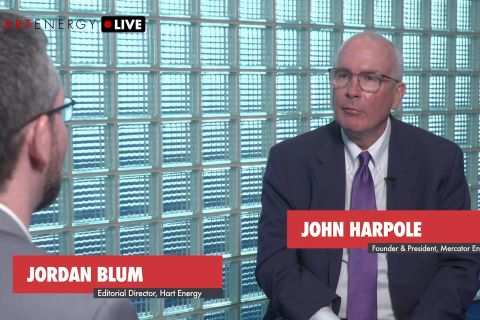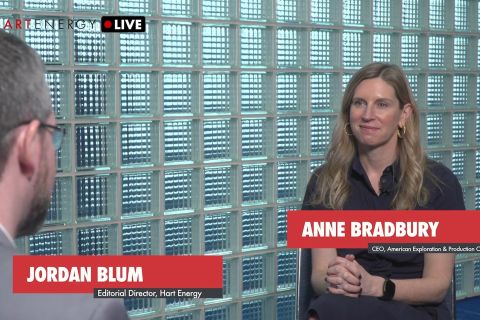Despite an activity slowdown, layoffs and oil prices at half the levels, or less, than they were in 2014, the Texas oil and natural gas industry paid $9.4 billion in taxes and royalties in 2016 while bringing in about 4,700 new jobs in the last four months of the year.
The figures, which exclude refineries and petrochemicals, were released Feb. 21 by the Texas Oil & Gas Association (TXOGA) as the industry gears up to take advantage of improving market conditions by increasing spending and standing up more rigs.
The amount of state and local taxes and state royalties paid by the industry, however, is down from fiscal year (FY) 2015 when TXOGA said the industry paid $13.8 billion. Still, the billions of dollars flowing into the coffers of public schools, toward infrastructure projects and for emergency services, to name a few, are certainly appreciated and being put to use.
In a news release about the taxes and royalties, TXOGA President Todd Staples said Texas school districts received $1.7 billion in property taxes from oil- and gas-producing properties, pipelines and gas utilities in FY 2016. The figure is down from $1.9 billion the previous FY.
Data from the association showed the United Independent School District (ISD) in Laredo, part of Webb County, with the most in oil- and gas- tax levy—$76.8 million. As many people perhaps know, Webb County is home to parts of the Eagle Ford Shale .
While the oil and gas share accounts for 39% of United ISD’s total tax base, other school districts in Texas depend more heavily on taxes and royalties generated by oil and gas production. Such funds make up more than 80% of the total tax base for Carrizo Springs Consolidated ISD (CISD) in Dimmit County, Cotulla ISD in La Salle County and Karnes City ISD in Karnes County. The three districts all benefited from activity in the Eagle Ford.
Oil and gas property taxes for Carrizo Springs CISD in FY 2016 totaled about $55.1 million; Cotulla, $68.8 million; and Karnes City, $60.9 million.
“We can’t take for granted all that is possible because Texas is the nation’s No. 1 state for oil and natural gas production, pipeline miles and refining capacity. Those accolades translate into jobs, tax revenue, financial security and personal well-being for all Texans,” Staples said in the statement.
“Even in a down market during fiscal year 2016, the Texas oil and natural gas industry contributed an average of $26 million a day to state and local revenue,” he added. “The oil and natural gas industry has paid $108 billion in state and local property taxes and state royalties since 2007—a figure that would finance the current annual state budgets for the University of Texas-Austin and Texas A&M University, combined, for well over 100 years.”
Figures from TXOGA also showed that Texas counties received about $529.8 million in oil and natural gas mineral property taxes for FY 2016, which is down from about $632 million in FY 2015.
Texas counties bringing in the most oil and gas property taxes included: LaSalle, $25.8 million; Webb, $25.5 million; and DeWitt, $19.9 million. Karnes and Dimmit counties also recorded more than $18 million in taxes from oil and gas property.
“Tax revenue from the Texas oil and natural gas industry directly funds our schools, universities, roads and first responders every year. Not just during record-breaking years,” Staples said. “Beyond dollars and cents for the state, Texas oil and natural gas is keeping energy local and electricity affordable for Texas families.”
Velda Addison can be reached at vaddison@hartenergy.com.
Recommended Reading
Exclusive: Can NatGas Save the 'Fragile' Electric Grid?
2024-02-28 - John Harpole, the founder and president of Mercator Energy, says he is concerned about meeting peak electric demand and if investors will hesitate on making LNG export facilities investment decisions after the Biden administration's recent LNG pause, in this Hart Energy LIVE Exclusive interview.
Exclusive: Chevron Balancing Low Carbon Intensity, Global Oil, Gas Needs
2024-03-28 - Colin Parfitt, president of midstream at Chevron, discusses how the company continues to grow its traditional oil and gas business while focusing on growing its new energies production, in this Hart Energy Exclusive interview.
Exclusive: Activists Sending 'Wrong Signal' on US LNG
2024-02-23 - Anne Bradbury, the CEO of the American Exploration & Production Council, says the Biden administration's pause on U.S. LNG export approvals sends a wrong message about the importance of LNG to the American economy and the climate, in this Hart Energy LIVE Exclusive interview.
Exclusive: Scott Tinker Says Pausing LNG Ups Coal Use
2024-02-20 - In this Hart Energy LIVE Exclusive interview, Scott Tinker, chairman of Switch Energy Alliance, talks about energy security globally, and dives into the effects of the Biden administration's LNG pause.
Exclusive: Andrew Dittmar Expects Increased Public M&A in 2024
2024-02-15 - In this Hart Energy LIVE Exclusive, Andrew Dittmar, Enverus Intelligence's senior vice president, compares 2023 consolidation to what he expects in 2024, including more public to public deals.






